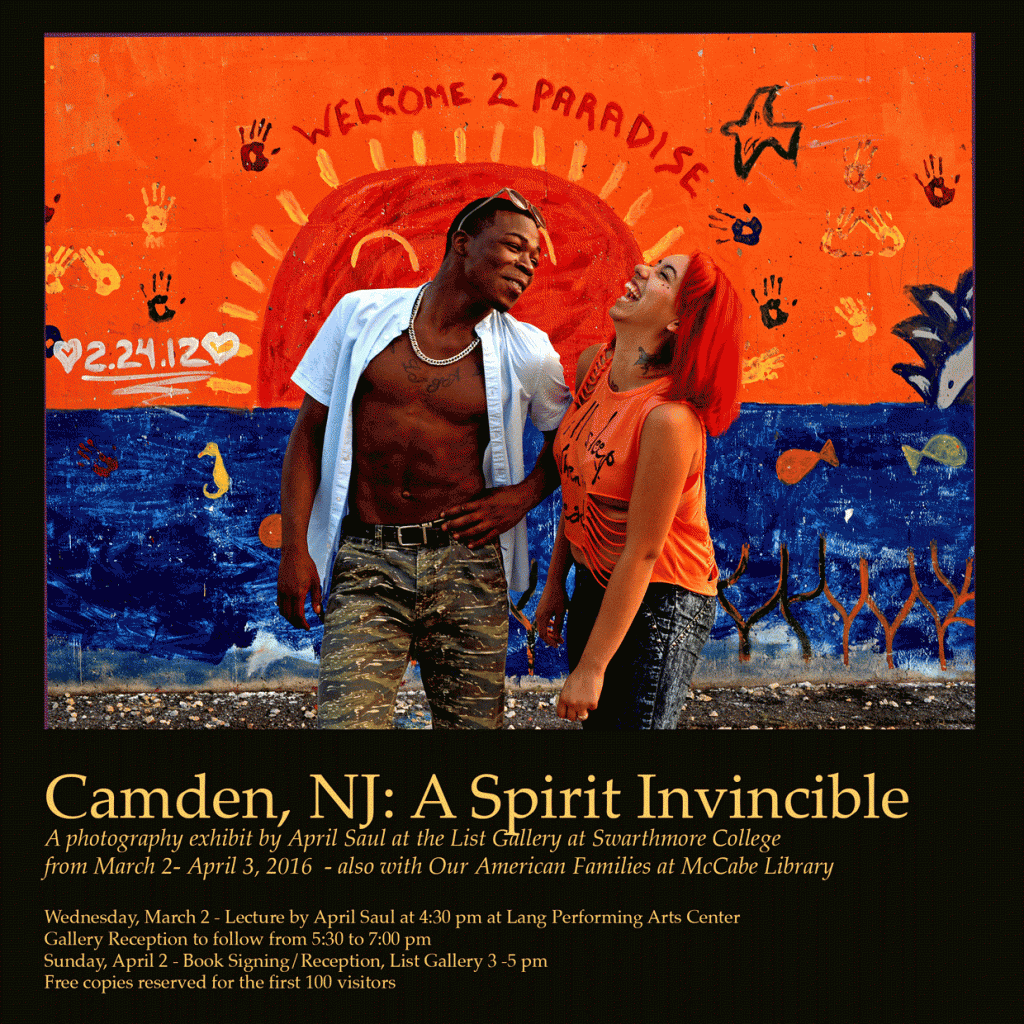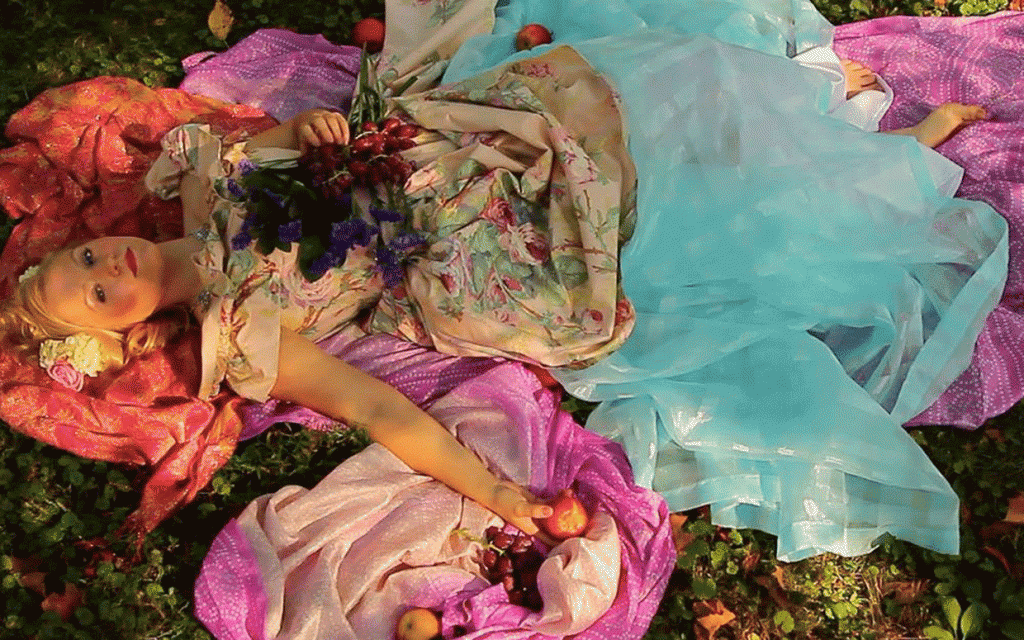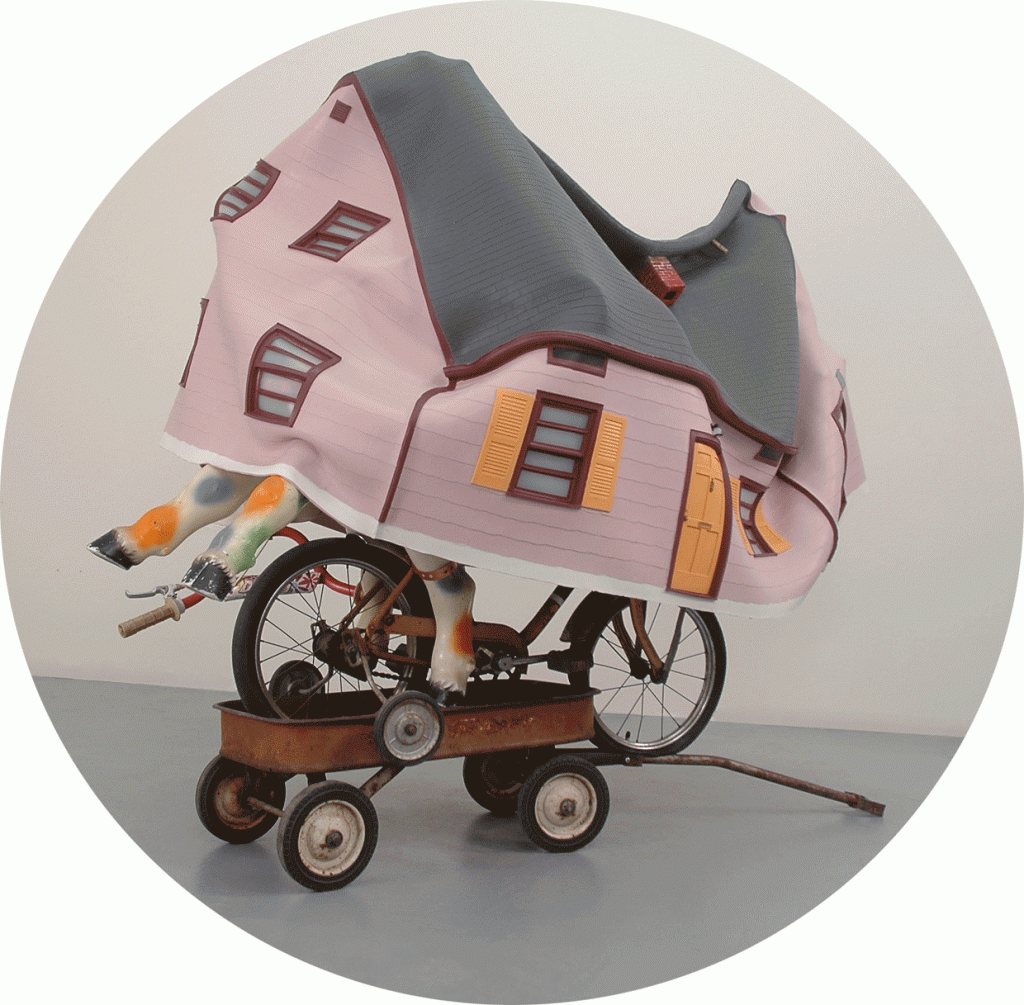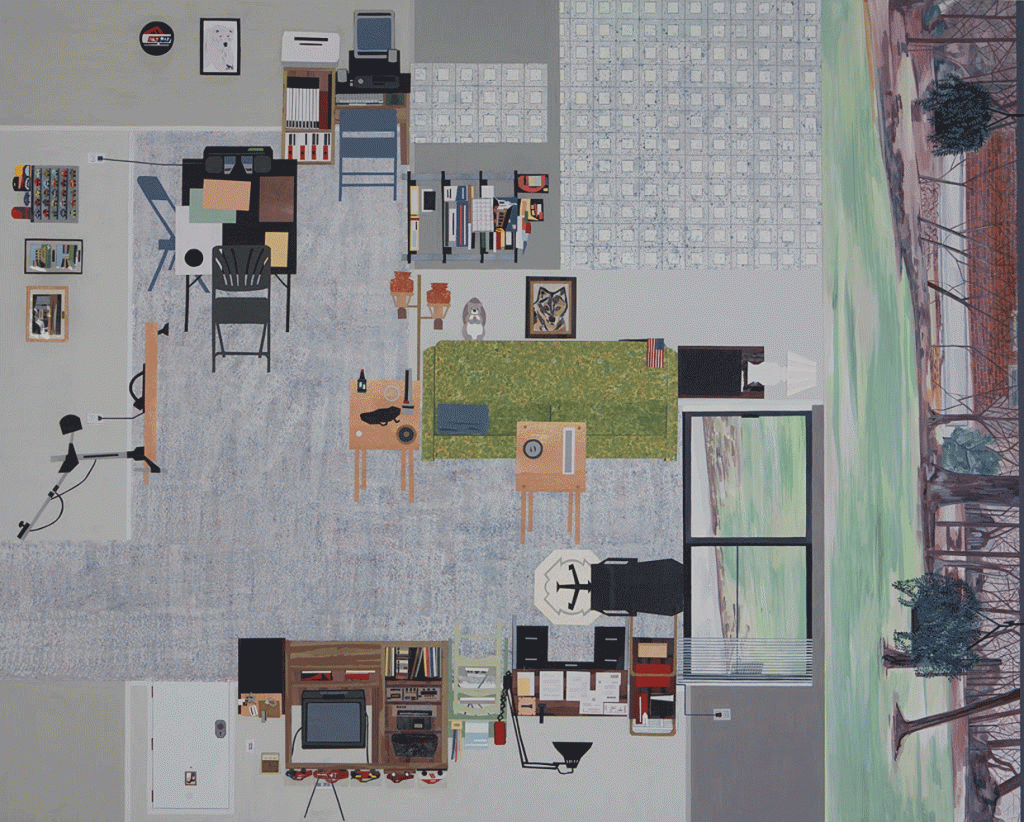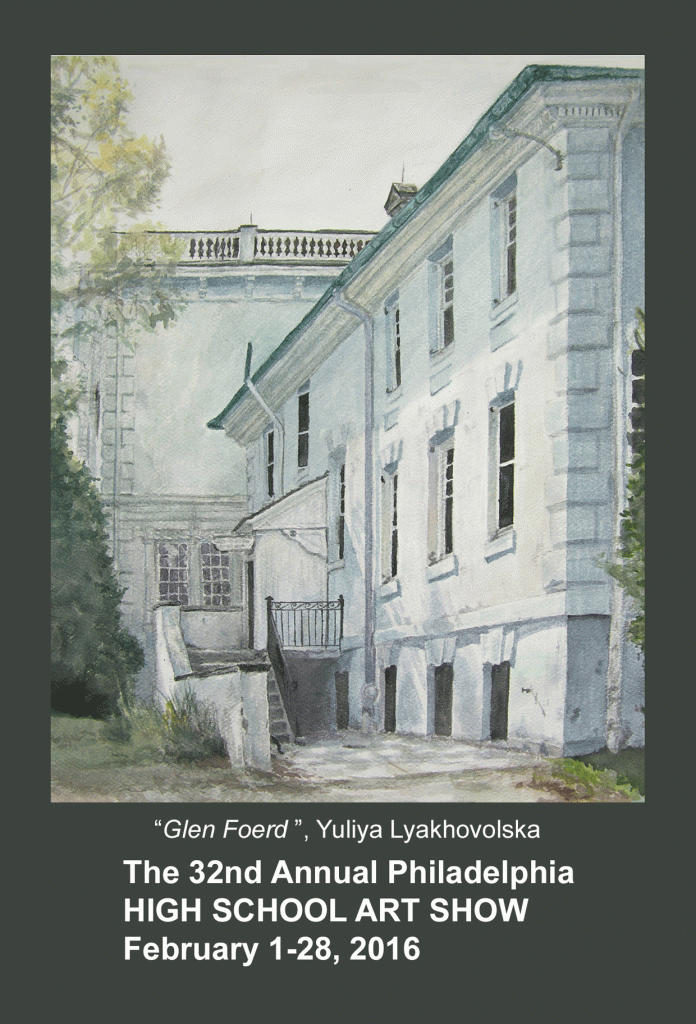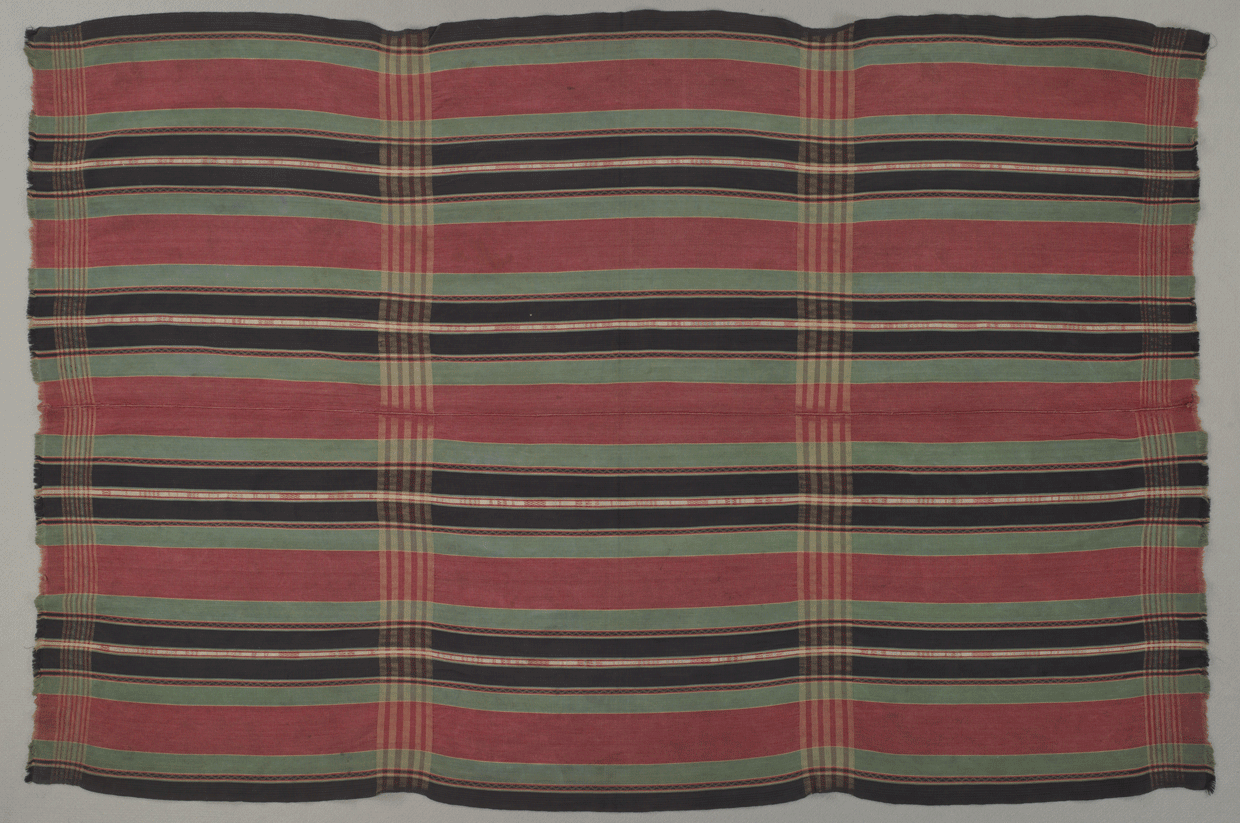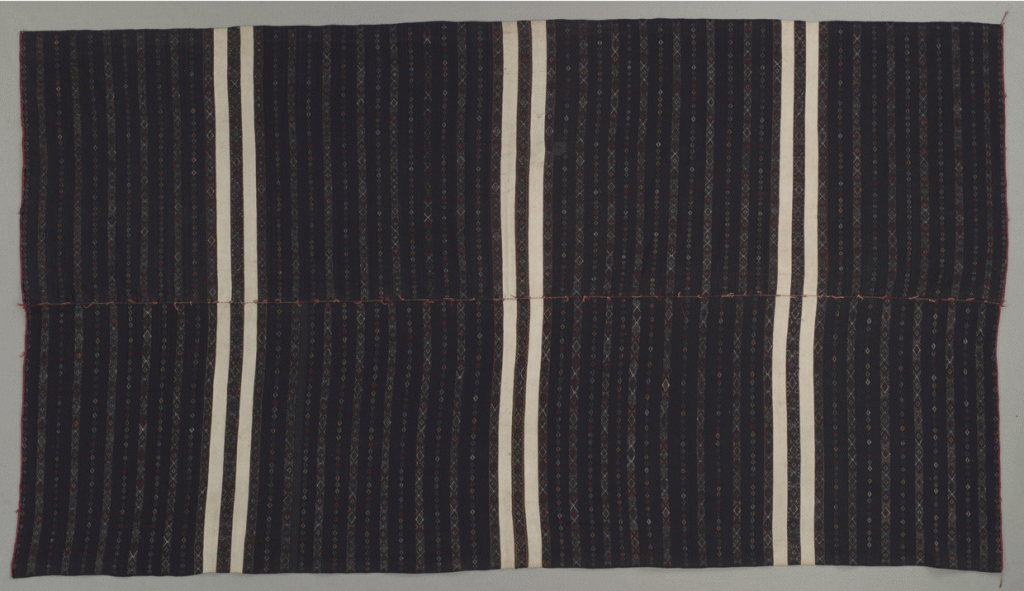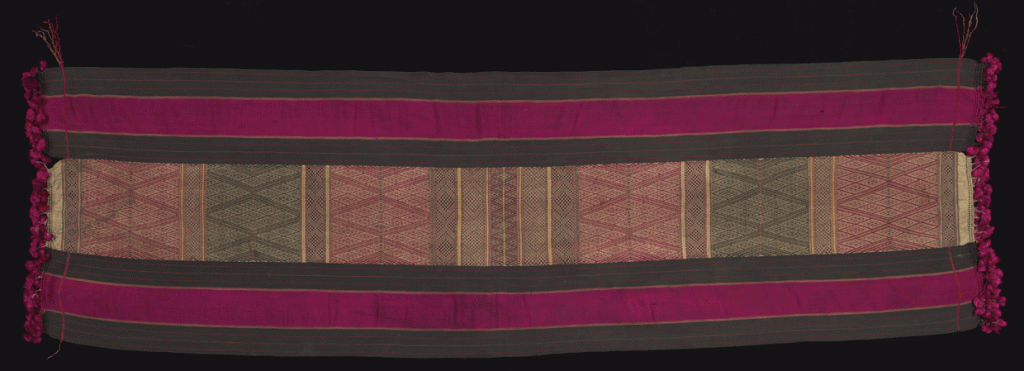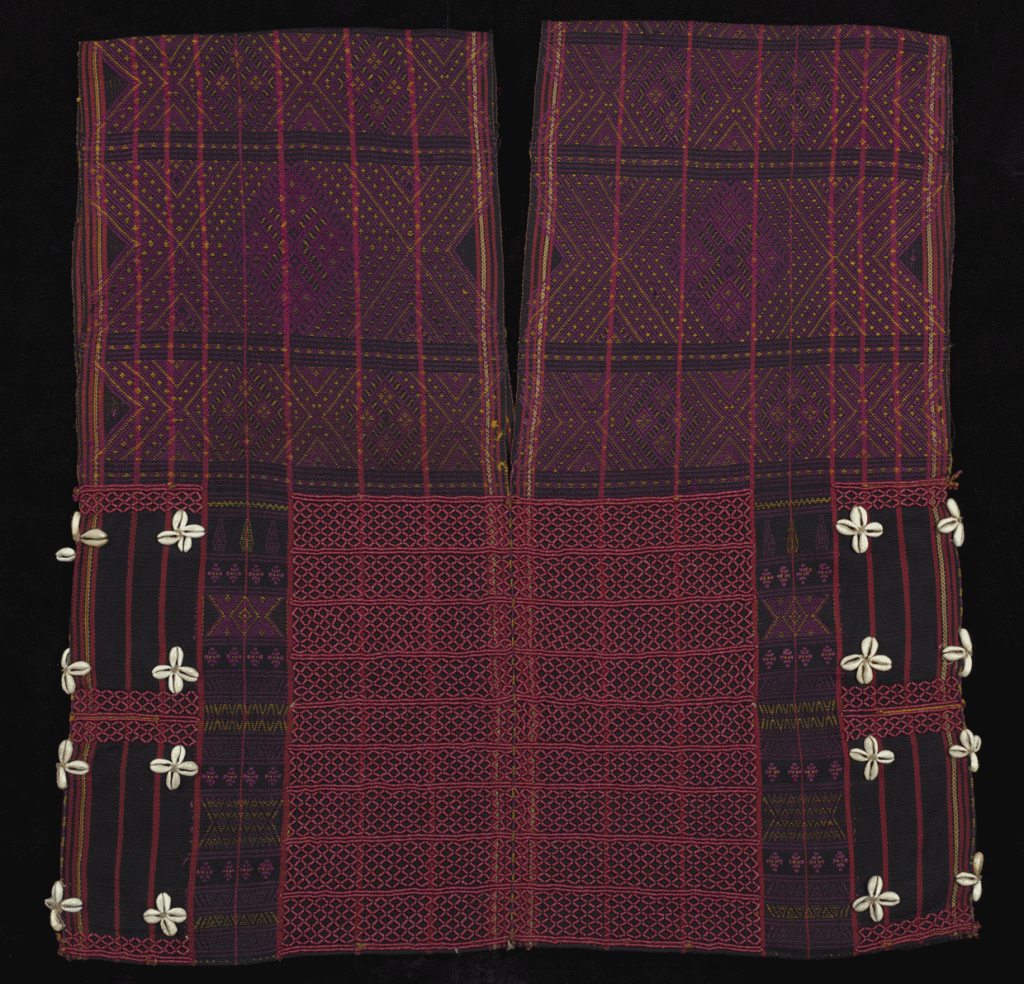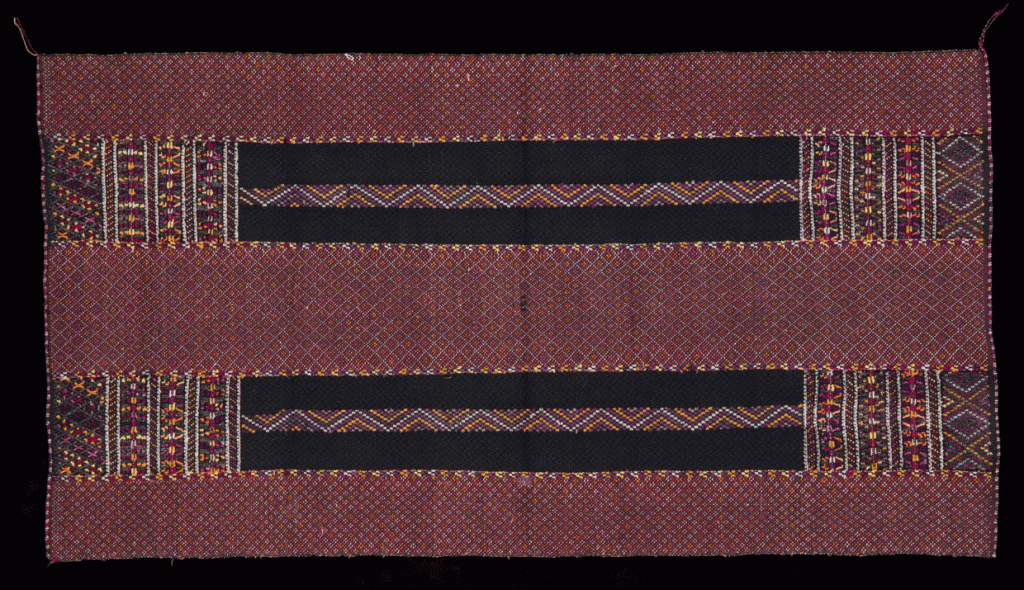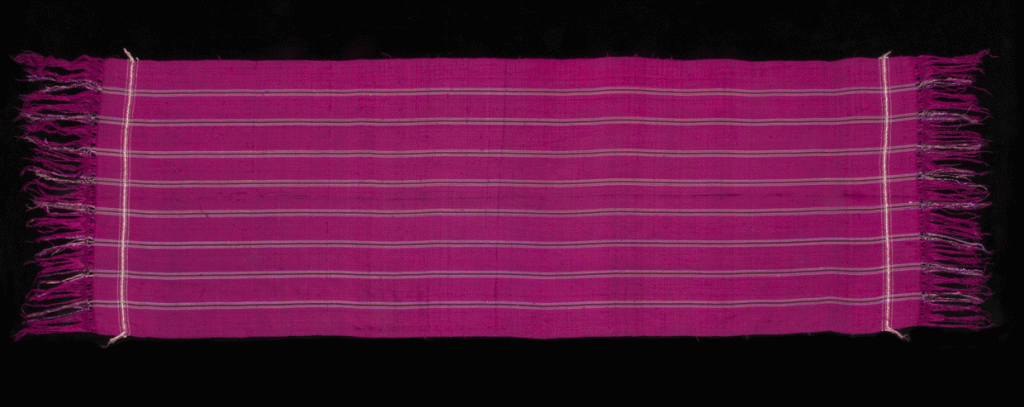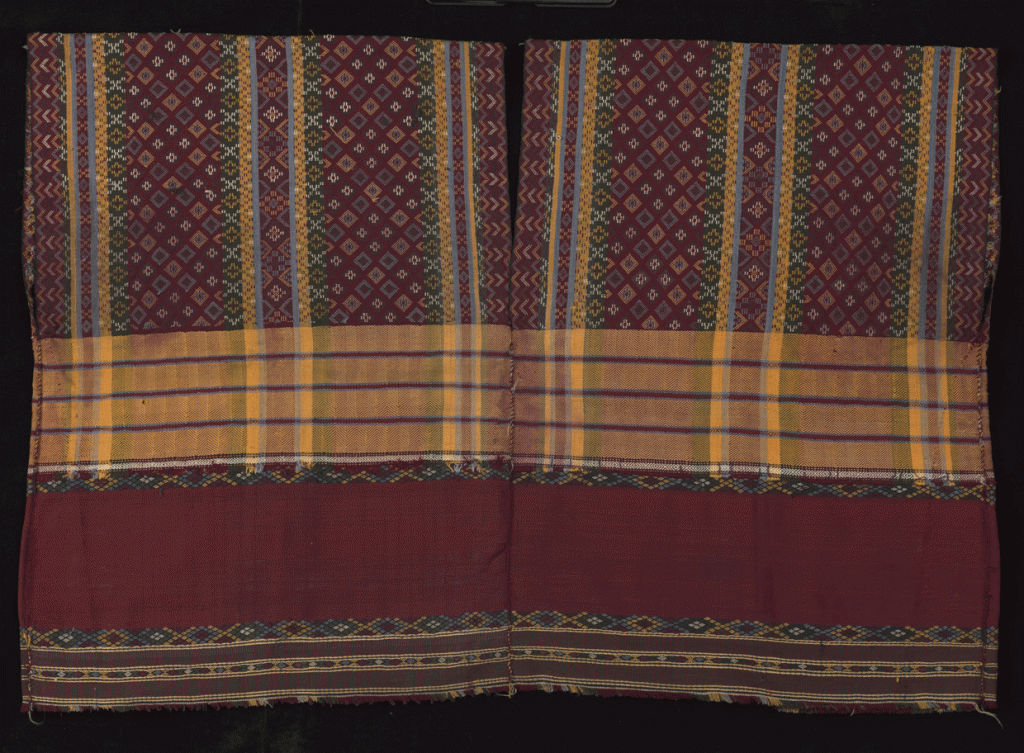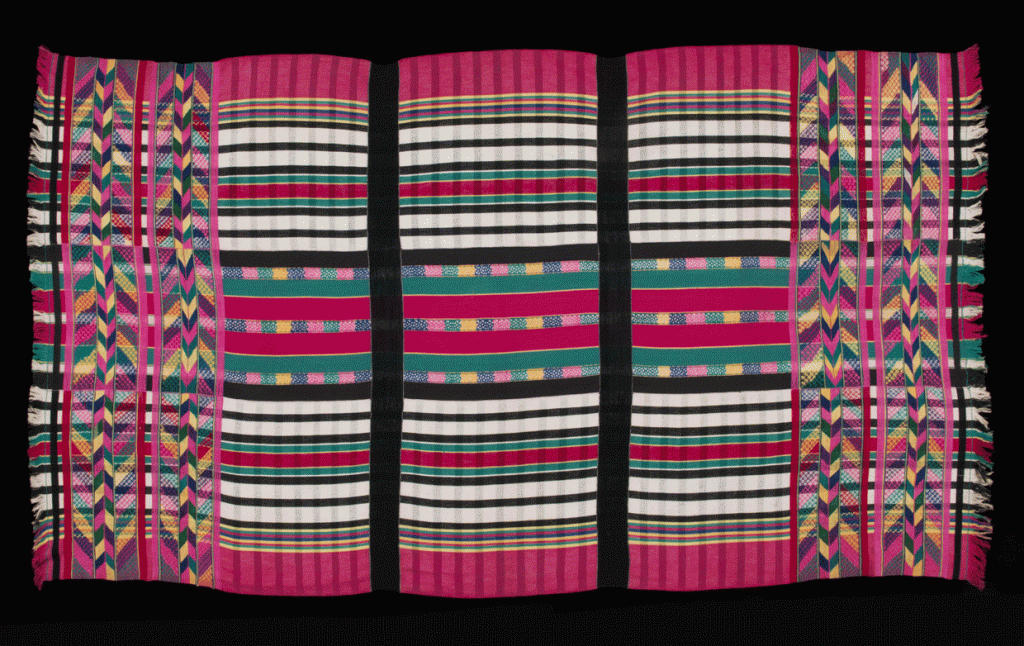April Saul, Camden, NJ: A Spirit Invincible, The List Gallery
William J. Cooper Foundation Sponsors Concurrent Exhibitions by April Saul, March 2—April 3, 2016.
The List Gallery, Swarthmore College, 500 College Avenue, McCabe Library Atrium,Our American Family, Swarthmore, Pa. 19081 Gallery hours: Tuesdays—Sundays, Noon–5:00 PM
Swarthmore College Libraries and The List Gallery are pleased to announce that they will host concurrent exhibitions of photographs by the preeminent documentary photographer,April Saul. Curated by Andrea Packard and Ron Tarver, the exhibitions will take place March 2—April 3, 2016 and are accompanied by a 60-page exhibition catalog. The List Gallery will feature Camden, NJ: A Spirit Invincible, which features approximately 50 images from Saul’s ongoing body of work documenting life in Camden, New Jersey. McCabe Library’s atrium gallery space will feature more than 25 photographs selected from Our American Family, a body of work that combines numerous series made possible through the artist’s ongoing connection to diverse individuals and families over years and even decades. McCabe Library hours can be found at: www.swarthmore.edu/libraries/hours. An Artist’s lecture will take place on Wednesday, March 2, 4:30 p.m. in the Lang Performing Arts Center Cinema.
The List Gallery reception will immediately follow, 5:30-7:00 p.m. All events are free and open to the public. A book signing and closing reception will take place in the List Gallery on Sunday, April 3, 3–5 p.m. Free copies of the exhibition catalog will be given to the first 100 visitors. These exhibitions, accompanying catalog, and related events have been funded through a generous grant from the William J. Cooper Foundation. Additional support was provided by Swarthmore College Libraries, the Department of Art, Swarthmore College, and the Kaori Kitao Endowment for the List Gallery.
For more than 35 years, April Saul has photographed American families as they confronted hardships such as poverty, HIV/AIDS, gun violence, addiction, and incarceration. Since 1980, when she became the first female staff photojournalist at The Baltimore Sun, she has provided new perspectives in a field that has not generally encouraged in-depth coverage of family relationships. Already acclaimed as a Pulitzer Prize-winning journalist, her Swarthmore exhibitions and this accompanying catalog mark the first major presentation of her work in a fine art context. Through interweaving documentary, fine art, and social media practices, Saul advocates for underserved families and communities while creating images that are both moving and transcendent.
 April Saul, Camden, NJ: A Spirit Invincible,The List Gallery, Gabriel Gambino “Bino” Crespo, whose father was murdered in Camden, 2013.
April Saul, Camden, NJ: A Spirit Invincible,The List Gallery, Gabriel Gambino “Bino” Crespo, whose father was murdered in Camden, 2013.
McCabe Library’s atrium gallery provides the opportunity to view several extended photo essays. The centerpiece of Saul’s McCabe Library exhibition, Our American Family, consists of selections from Saul’s many long-term photo-essays chronicling the trials and challenges faced by diverse families. Kids, Guns and Violence: a Deadly Toll consists of Saul’s written and photographic profiles commemorating each of the 24 children killed in the Philadelphia region by gun violence during a single year. Another series, Between Genders, portrays the experiences of Renee Ramsey, a Navy Veteran who was born anatomically male and pursued gender reassignment surgery at the age of 77.
April Saul’s List Gallery presentation, Camden, NJ: A Spirit Invincible, offers selections from her ongoing series of photographs chronicling life in that troubled city. Her images are alternately heartbreaking or uplifting: an anguished firefighter turning in her badge, a panoramic shot of a boxing tournament in the middle of a city street, an image of a girl playing in front of boarded-up homes. Striving to avoid voyeurism and objectification, she has developed relationships with individuals, families, and communities over time. Some photographs on display in the List Gallery were selected from the hundreds of images Saul has taken since 2014, when she became an embedded photographer at Camden High School.
As a participant-observer, Saul is careful to portray the successes that are often overlooked in the community. Saul publishes such affirming images, as well as sobering ones, on her Instagram feed and Facebook page, Camden, NJ: A Spirit Invincible. Online, community members not only view, download, and share Saul’s images but also provide their own commentary. Her Facebook page exceeded 95,000 views in one week. Thus, the photographs on display at Swarthmore College are part of an interactive and ongoing community dialogue.
Artist’s Biography
A Pulitzer Prize-winning photojournalist,April Saul made Camden, New Jersey her unofficial beat while working at The Philadelphia Inquirer, and has continued to document that community with the help of an Alicia Patterson Foundation Fellowship and a National Press Photographers Association Short Grant. A graduate of Tufts University with an Master’s Degree from the University of Minnesota, Saul became the first female staff photographer at The Baltimore Sun in 1980. She joined The Philadelphia Inquirer photo staff the following year. A single mother of two, Saul has won numerous honors for both her writing and photography including the Robert F. Kennedy Journalism Award, the World Press Photo Budapest Award for Humanistic Photography, two Casey Medals for Meritorious Journalism, and many awards in the Pictures of the Year International contest.
In 1997, Saul—along with Philadelphia Inquirer reporter Michael Vitez and photographer Ron Cortes—was awarded the Pulitzer Prize in Explanatory Journalism for a series of articles on end-of-life care. She was a finalist for the Pulitzer Prize for Feature Photography in both 1994 and 1987. In 1985, she was the first recipient of the Nikon/ NPPA Documentary Sabbatical Grant for her work on Hmong refugees, and over the course of her career, has been named Photographer of the Year by the NPPA Northern Short Course, the Pennsylvania Press Photographers Association, and the New Jersey Press Photographers Association.
Thank you to Raven Bennett, Swarthmore College Class of 2017 for the content of this post.
Like DoNArTNeWs Philadelphia Art News Blog on facebook
Follow the new DoNArTNeWs.com
Follow DoN on Twitter @DoNNieBeat58
DoNArTNeWs on Tumblr
@donniebeat on Instagram
Affiliate Marketing [disclosure page] Shop on-line and help support DoNArTNeWs
Donate via safe and secure PayPal in the sidebar.

